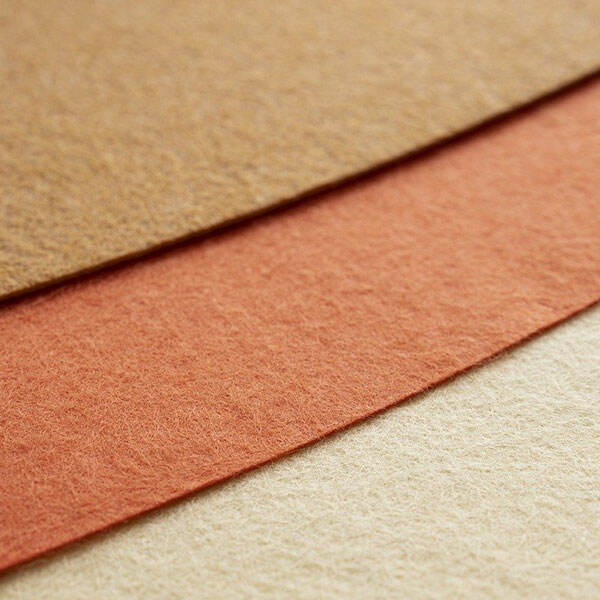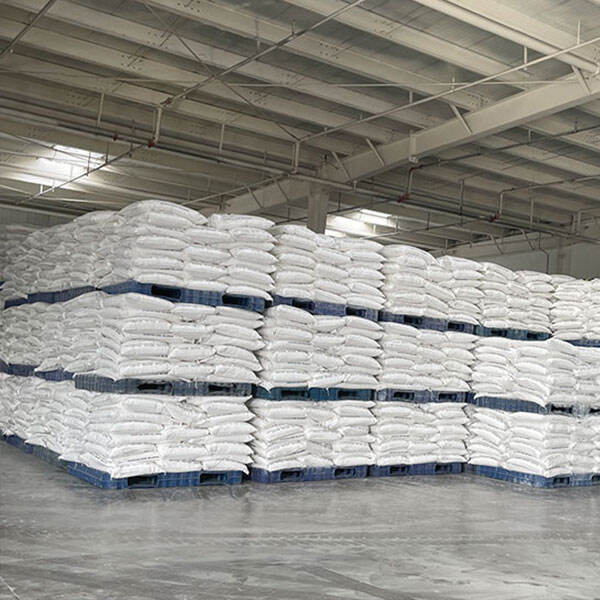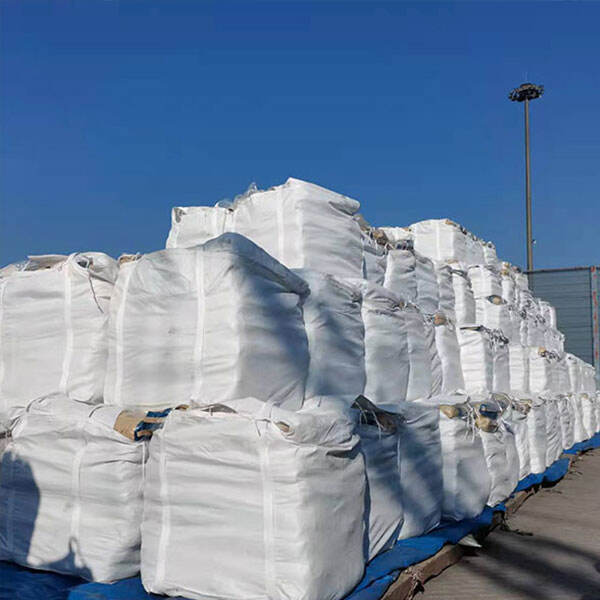PVC K is a unique material that is extensively utilized in the construction industry. It has many properties that make this material an excellent choice for plumbing and electrical applications. Whatever the case, read on to familiarize with the various sorts of PVC K and the best way to choose the right one for your subsequent challenge. We will also discuss the advantages of the PVC K and some guidelines for its installation and maintenance.
Polyvinyl Chloride (Polyvinyl Chloride) It is a flexible and durable type of plastic. Because this material is light, it is easy to work with, which makes it ideal for all sorts of tasks. PVC K is not rusted and does not easily break, so this type of clogs is widely used for plumbing and electrical projects. Best of all, it is inexpensive, so builders and contractors looking to cut costs will love this.
PVC K | Aluminium Foil & Other Strip / Wrap | USMidwestLumber It is commonly used for the manufacture of pipes, fittings, and other components in plumbing systems. Its use in electrical work is also very well known, where it is used to form conduits and paths for wires. In addition to plumbing and electrical uses, PVC K are used in roofing, flooring, and other construction jobs.

PVC K has tons of usages for plumbing and electrical jobs. First, PVC K will not rust so it lasts long and does not need to be replaced. That makes it an excellent option for plumbing systems. As a second reason, PVC K is safe to use as it is resistant to various chemicals. Finally, it is friendly to work with so enables rapid and easy installation.

PVC K comes in various categories, each with its unique characteristics and applications. Certain kinds are intended for specific work, such as high-pressure plumbing or outdoor electrical wiring. When selecting a type of PVC K for your project, consider temperature, pressure, and chemical resistance. Just ensure that the PVC K you opt for goes through the quality and safety standards.

If you want PVC K to work with legacy for a long time, then it is better to install and maintain it properly. Follow the manufacturer and industry best practices when joining PVC K pipes and fitments. This includes proper preparation and gluing of all joints, supporting the pipes and fittings, and testing for leaks. Routine maintenance is also critical, such as checking for signs of wear and replacing broken components.
Copyright © Richest Group All Rights Reserved